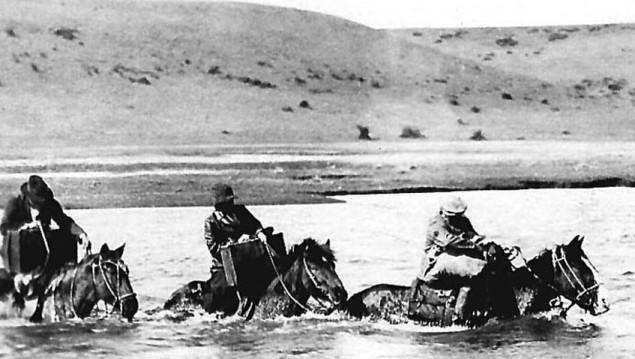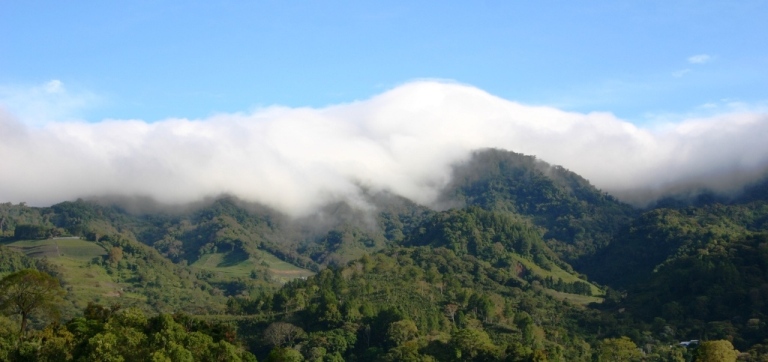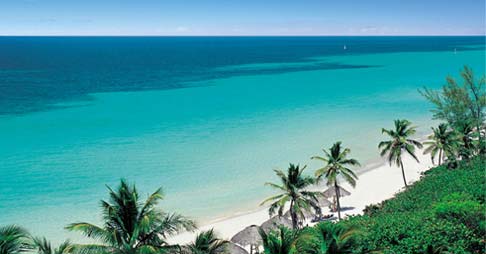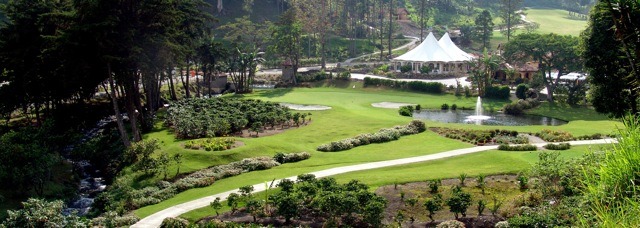This is a great read posted by Carter Clews at Caribbean Life Club
With 78 million Americans now in the process of retiring from the work-a-day world — and the cost of living in the U.S. out of control and getting worse — the Western Hemisphere may well be on the verge of the greatest “population inversion” in modern history.
We all know that tens of millions of Latin Americans have moved north. But, what may surprise many is that well over a million Americans have already moved south. And the retirees’ trek to their place in the sun – to “the good life at a great price” — has very likely only just begun.
The imperative question, then, is: Who’s going to make the move south early enough to get the best buys on the choice properties – and who’s going to be left behind struggling to subsist in what increasingly appears to be a society in decline?
For many Americans, of course, the very thought of migrating to Central or South America raises the specter of the old admonition “Be careful now, the grass is always greener on the other side of the fence.”
But, what if it turns out that not only is the grass greener, but the sky is bluer, the weather is warmer, the lifestyle is far more relaxed and rewarding, and the cost of living is a mere fraction of what it is on the north side of the great divide?
That’s a quandary now facing nearly 10,000 Baby Boomer retirees a day as they leave the confines of the office suite, watch their savings dwindle by the day — and look south to the warmer climes and welcoming embrace of Latin America. And the answer they are increasingly giving is: Where do I sign and when do we leave?
The exact number of Americans now living in Latin America is almost impossible to ascertain. But, one thing is certain: if you do make the move, you won’t be alone.
The U.S. government’s last serious attempt to take a head count was in 1999. And it has simply refused even to try ever since. Said Elizabeth Grieco, chief of immigration statistics at the U.S. Census bureau, “We don’t count U.S. Citizens living abroad.” And that’s that.
Still, the 1999 trial count yielded some significant results – especially when one factors in that in the near-decade since that count, American’s awareness and appreciation of the Caribbean lifestyle has grown considerably.
In 1999, the U.S. Census Bureau estimated that approximately 1.2 million Americans were living in Latin America; that’s out of a total of some 4 million living abroad. Of the 1.2 million, approximately one million had taken up residence in Mexico. The next highest number, some 40,000, lived in Brazil, followed by Colombia with 30,000 and Venezuela, Costa Rica and Panama with between 20,000 and 30,000 each.
Here are the remainder of the countries, in alphabetical order, with the American population in parentheses: Belize (2700), Bolivia (3000), Chile (12,000), Ecuador (8,000), El Salvador (10,000), Guatemala (10,000), Honduras (10,000), Nicaragua (5,000), Paraguay (2500), and Peru (14,000), Uruguay (3500).
Looking at these figures, however, you need to keep three key points prominently in mind. First, the figures are clearly skewed low because a significant number of old-style expats – many of whom are rugged individualists who left the U.S. in order to be left alone – simply don’t care to register. The governments try, they refuse. And that’s all there is to it.
Secondly, many of the Latin American countries had an exponential increase in U.S. immigrants in the Nineties that likely presaged an incipient immigration explosion. For example, between 1990 and 2000, Mexico saw an estimated 57.6 percent increase in the number of U.S.-born individuals. And in Panama, the increase was nearly identical at 57.8 percent.
If that remarkable growth pattern has continued throughout the first decade of the Twenty-First Century – and there is no reason to think otherwise – the population of U.S.-born individuals in those two countries may easily be one-third (or more) higher. And the remaining Latin American countries are likely not far behind.
And, finally, keep in mind that North Americans are not the only immigrants who have discovered life anew in Latin America. Canadians and Europeans long ago succumbed to the distinctive allure of the region. And when you walk down the street in a city like San Jose, Costa Rica, the continental flavor is hard to miss.
The bottom line: with the strong presence of North Americans and Europeans manifesting itself throughout Central and South America, today’s retirees will invariably find a familiar environment that, for many, will come as a welcome surprise. Then, as they congregate in Euro-American enclaves, often insulated, though not isolated, from the rich traditions of the indigenous populations, they will enjoy the best of both worlds.
I started off this Daily Beckoning saying that I believe we are in the midst of a massive “population inversion.” So let me make a prediction for you:
In about a decade (if not sooner) more than a few children of Latin American immigrants are going to turn to their parents and say: “Let me get this straight. You left a place where the weather is perfect, prices are cheap, and taxes are virtually non-existent to come to a place where it gets bitter cold, we can barely make enough to live on, and what we do make the government takes more than half of. Am I missing something?”
Welcome to the right side of the population inversion.





